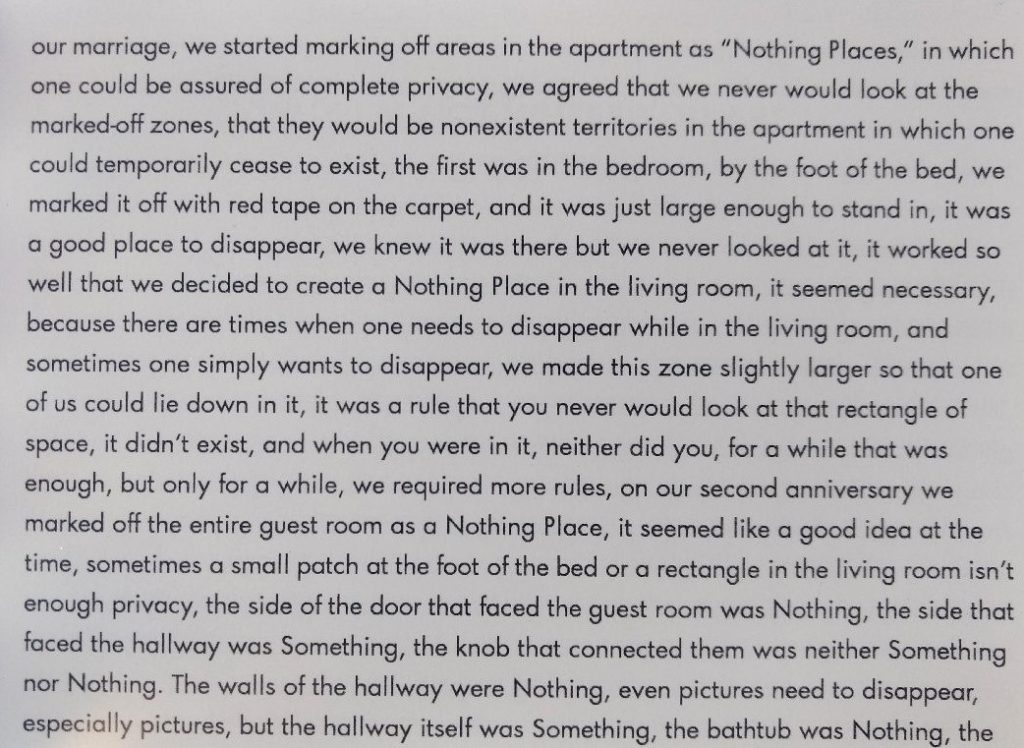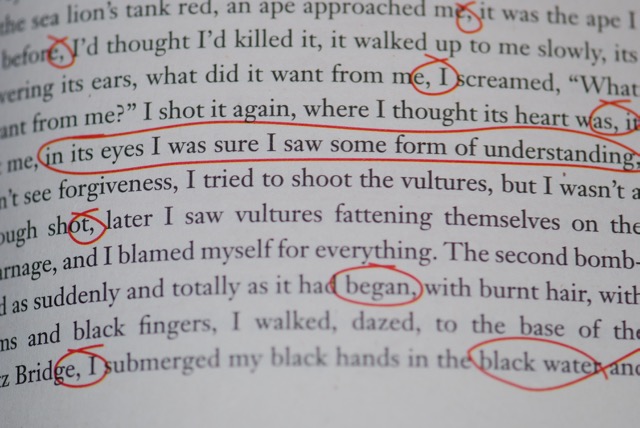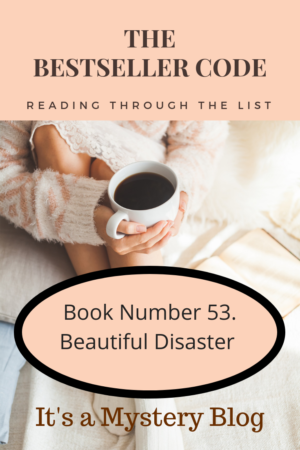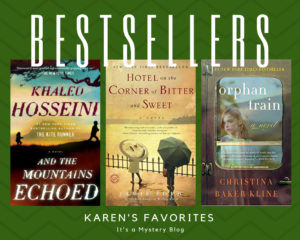Let’s look at our next novel from The Bestseller Code 100 list, The Art of Fielding by Chad Harbach, from a reader’s perspective.
For a summary of The Art of Fielding, please check out its introductory post.
This post contains spoilers.
The Art of Fielding by Chad Harbach
Literary Fiction
The Art of Fielding is our second book in a row from the Literary Fiction genre, but it couldn’t be more different from Extremely Loud and Incredibly Close. Whereas Extremely Loud felt disjointed, confused, even haphazard in its presentation, The Art of Fielding led me on a journey of human emotions almost seamlessly, flowing easily from one chapter to the next. Instead of feeling as though I was being dragged through the author’s artistic journey without a road map, as was the case with Extremely Loud and Incredibly Close, The Art of Fielding led me slowly but surely along the intended path, picking up the author’s breadcrumbs (foreshadowing) and never panicking that I was lost or had missed some vital direction sign. And on top of that, it was a very satisfying journey.
Henry’s Collapse
Henry’s sole reason for being is to be the best shortstop ever, just like his idol St. Louis Cardinals Hall of Famer Aparicio Rodriquez, who wrote a treatise on playing shortstop, The Art of Fielding. Henry has read this book so many times, he knows it by heart and often refers to its nuggets of baseball (life) truisms.
3. There are three stages: Thoughtless being. Thought. Return to thoughtless being.
33. Do not confuse the first and third stages. Thoughtless being is attained by everyone, the return to thoughtless being by a very few.
Unfortunately, after Henry throws an errant ball that injures his friend and roommate, Owen, he begins second guessing himself, double-clutching throws. Each error brings on even more self-doubt, until it seems impossible to break the cycle. Henry then falls into a downward spiral. If he no longer can see himself as the best shortstop he can be, then what is he? Who is he? Henry = Shortstop = Henry is no longer a valid equation and he has nothing to replace that identity. Having seen this happen to loved ones in real life – the loss of a career leading to a loss of identity – I found his ensuing depression heartbreaking and believable.
Debut Novels
We’ve read a surprising number of debut novels in this reading challenge, which should be heartening to any wanna be author – you too can hit a home run with your first novel and reach beyond the outfield fence – in this case, the New York Times Bestseller List. All it takes is a great set of characters, a mix of human emotions (love, betrayal, fear of growing old), and a relatable setting, such as the backdrop of a college baseball diamond (or a race track {The Art of Racing} or a waterfront condo in Chicago {The Silent Wife} or a town like Mill River Vermont {The Mill River Recluse}). Isn’t that encouraging?
What’s most encouraging to me as a reader is that I finally really enjoyed a Literary Fiction novel from this challenge. I hope that, as we get closer and closer to the best books at the end of this list, that there will be more glittering diamonds like The Art of Fielding.
Have you read The Art of Fielding by Chad Harbach? We’d love to hear your thoughts.
Related posts:
- Book-beginnings, a discussion of the first line of the novel
- Karen’s review from a reader’s perspective
- Roberta’s review from a writer’s perspective
You can also join us on social media:
- The Bestseller Code 100 Pinterest Page
- Twitter: #BestsellerCode100
- Facebook: Bestseller Code 100 Reading Group
- The full list is now posted on GoodReads
__________________
What are we reading next?
If you ever have questions about what we are reading next or when we’re starting the next discussion, check the 100 Book List tab in the navigation bar at the top of the blog. Links in the list go to the landing page from this blog where the discussion starts. However, this is an open-ended challenge so feel free to jump in with any of the books at any time.
The next book is number 50. The Martian by Andy Weir (2011) – Discussion begins January 14, 2019
Science Fiction


















